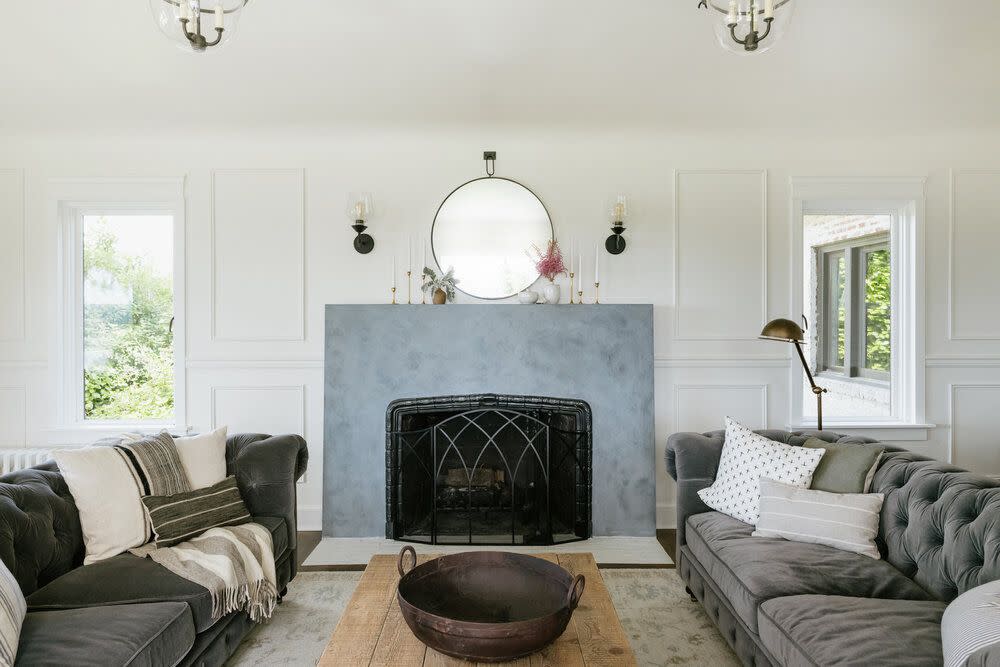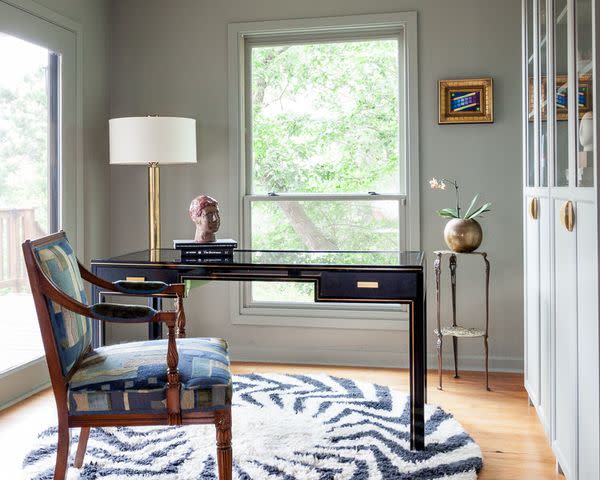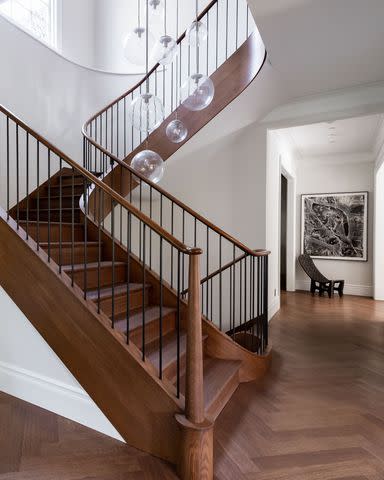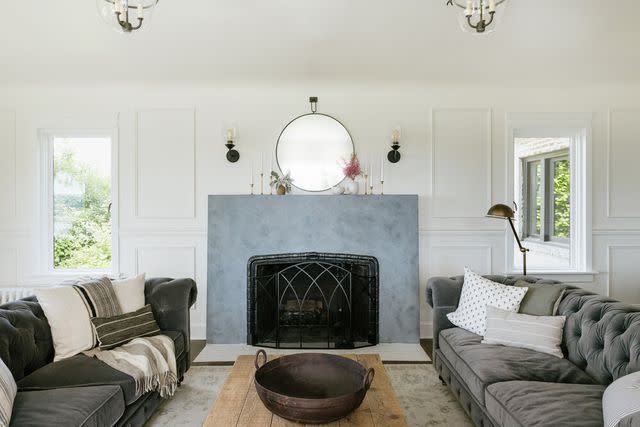6 Molding Mistakes Homeowners Always Make and How to Fix Them, Straight from Pros

Jessica Nelson Design / Photo by Carina Skrobecki Photography
Trim, from crown molding to window casing, offers an air of elegance and dimensionality that many homeowners desire. But sometimes they’re so eager to incorporate such detail that they don’t think through some of the faux pas they may be committing.
We spoke to architects and interior designers to touch on the basics of how to do molding right and when to consider skipping it.
Getting the Scale Wrong

Jessica Nelson Design / Photo by Carina Skrobecki Photography
One of the most common molding mistakes that design professionals see is the use of a molding scale that doesn’t fit the space. Frequently, a homeowner might opt for grand, clunky molding despite the space having an average-or lower-height ceiling.
“All too often, homeowners and remodelers think elaborate crown molding will elevate their space,” Erin Williamson, principal of Erin Williamson Design, says.
How to Fix It
“A typical 8- or 9-foot-tall ceiling either calls for no crown or a relatively small crown molding profile,” Williamson says.
Christina Kim, principal of Christina Kim Interior Design advises the same. She says that your room can handle up to 6- to 9-inch-tall crown moldings if you have very tall ceilings. However, if you have ceilings that are 8 feet high or less, consider shorter moldings and skip the crown altogether for a more modern look.
Using the Wrong Style

Just as with scale, homeowners often mismatch style, choosing a molding profile that looks completely out of place in the space it’s occupying.
How to Fix It
The right way to go about this is straightforward: Gauge the architectural style of the home. “If your home is modern, it would feel incongruous to use an ornate, built-up crown molding,” Kim says.
Going beyond traditional versus modern is also important.
“Homeowners should look to cues from the era in which the house was built. For example, if you have a Tudor, you are probably looking at cove ceilings plus a picture rail versus a midcentury that would use a lower profile flat stock trim,” Jessica Nelson, principal of Jessica Nelson Design, says.
Trim styles often have a historical context, reiterates Williamson. Williamson recommends not putting an elaborate colonial profile in a midcentury home, nor a chunky square edge shaker profile in a Victorian home.
However, there are exceptions. "It takes skill to deviate from the norm with clarity and intention," Williamson says. "Anything that feels jarring becomes a statement— and that’s not always a good thing.”
Those living in recently built homes will have an easier time with this as most of these are transitional in style. The transitional design affords more flexibility in supporting different types of trim.
Ignoring the Molding Mishap

Sometimes one might skip fixing molding mistakes because removing or replacing them is either too much trouble or too costly, especially if you have to call a contractor in for the job.
How to Fix It
Consider a DIY paint job. For a small room with oversized trim, Williamson suggests painting the trim the same color as the walls to visually decrease contrast and make the room feel bigger.
“In large formal rooms with skimpy trim, consider painting in architectural details like pinstripes around doors and ceilings, horizontal color blocking to simulate chair rails, or even stenciled ceiling medallions to give the sense of grandeur that a large formal space calls for," Williamson says.
Incorporating Shoe Molding

If you’ve ever seen a secondary skinnier flat trim in front of a baseboard, you’ve likely spotted shoe molding. This strip is often used to cover up gaps between the baseboard and flooring or general unevenness.
John Cialone, a partner and vice president of Tom Stringer Design Partners, doesn't love shoe molding. “While it can be a decorative element, many times it looks like an afterthought and doesn’t align well with the other trims," he says.
How to Fix It
Plan and sequence different installation steps meticulously. Cialone prefers installing the flooring first and then putting down the baseboard to avoid shoe molding. However, of you really must cover up a messy job and have a baseboard style with more curves than sharp edges, consider using quarter-round trim.
Going Too Trendy

Jessica Nelson Design / Photo by Carina Skrobecki Photography
At some point, many homeowners have used trim, wainscoting, picture molding, and beadboard regardless of the type of home because these were trending architectural elements.
“While your trim and wainscoting may feel fun and cool to you this year, you may not feel the same in three to five years,” Nelson says.
How to Fix It
Nelson emphasizes paying attention to your home’s architectural style and choosing the trim accordingly. This way, you will end up with a timeless end product that feels as if it’s always been a part of your home.
Window or Door Casing

Jessica Nelson Design / Photo by Carina Skrobecki Photography
This one may be controversial since design pros argue both for and against this feature. Some will advise against this especially in more recent construction because a lot of casing can look too bulky for the windows and doorways. Others feel that these details add layers and depth to the overall design.
How to Approach It
Find appropriately scaled and styled door and window trim. “Even if the window trim is only flat stock, I think it helps add depth and there are many tricks to getting the look without breaking the bank,” Cialone says.
Nelson recommends scaling your trim to the scale of the windows and doorways since you want to avoid overwhelming the room.
Read Next: 11 Wall Molding and Trim Ideas to Elevate Your Space
Read the original article on The Spruce.

